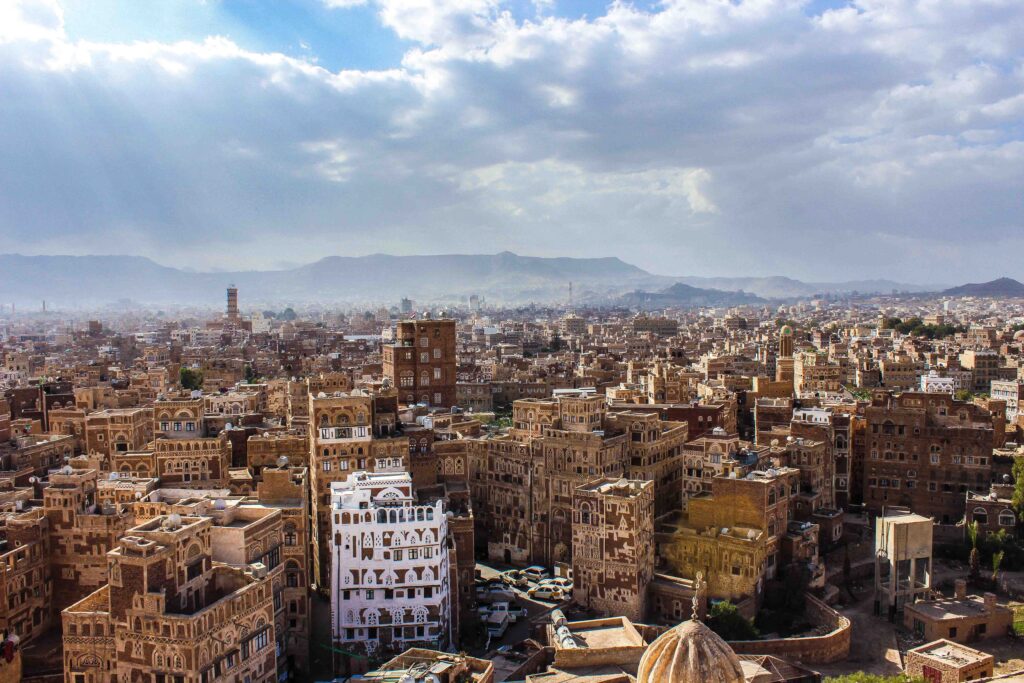When asked to consider who belongs and who is an outsider in a community with which I am a part of, I immediately thought of my Army family. As a part of Army ROTC, I have had the opportunity to have some amazing training opportunities ranging from attending the Sabaluski Air Assault school, to shadowing units in Georgia, North Carolina, and Kentucky. What I have learned from these experiences is that the Army is the community, and it operates as a single cohesive unit. Some 41 percent of the military identify as members of minority groups, and that number will grow larger as time goes on. This is both larger than the U.S. and Pennsylvania averages. In short, the diversity of America’s Army is a source of power and influence. If this diverse community gets fractured there will be less innovative thought, less innovative solutions to incredibly complex and complicated problems that are facing the national security scene today, and internal domestic tensions could rise. That is not to say that the Army has been or is perfect as an organization. In the experience of former sectary of state and Army officer Colin Powell, he was not always afforded the same Oppurtunites as his white counterparts due to being black. A more recent example of fractures within the Army community is that of the murder of PFC Vanessa Guillen, she was bludgeoned to death with a hammer in the armory room where she worked at Fort Hood in 2020. What a common theme of both of these cases demonstrates is that both units during these times reported low morale and a lack of trust. This is not the case of the vast majority of the armed forces, but it should be noted. I remember first hearing about the tragic PFC Guillen case and it made me think less of Fort Hood and the culture that was being cultivated there. It would later dawn on me that this is perhaps the mentality that contributed at least in part to the tragic events in Texas. In analyzing unit by unit data, it is interesting to note that units such as the 82nd Airborne Division, 101st Air Assault, 10th Mountain all reported lower rates of crimes and equal opportunity cases. A variety of factors play into this, prestigious unit history, chains of command that desire to be at the unit, and more funding for training and support resources. In the end, the danger of ‘othering’ both peoples and places can handicap a solution from coming about. Soldiers regardless of branch ,background ,or station deserve strong leadership to cultivate an inclusive community. I am proud to say this is the experience I’ve encountered and try to build to date and I think that this is something that communities beyond the armed services can utilize.
